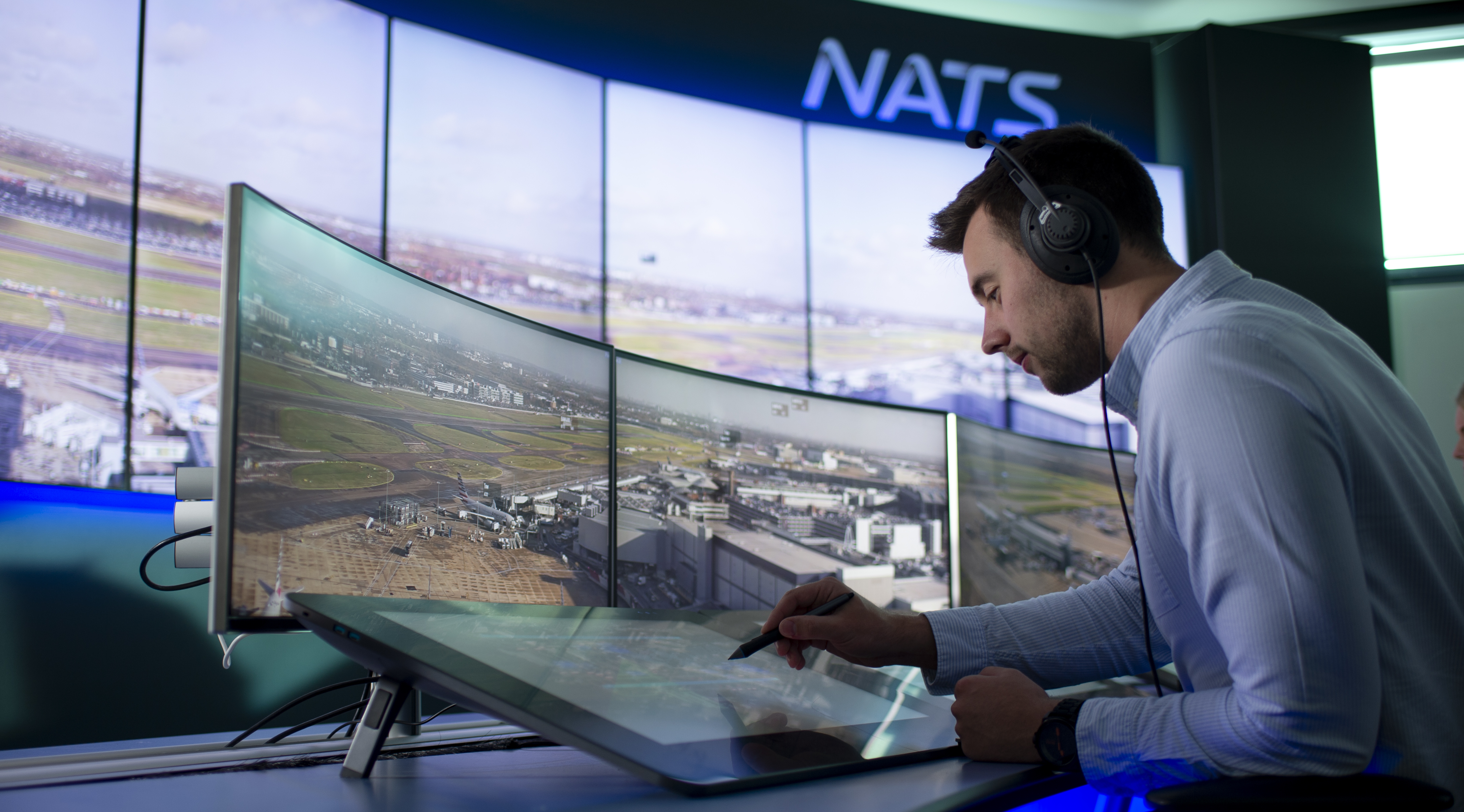Heathrow trials AI controlled runway with £2.5m 'digital tower laboratory'
The plan is to use artificial intelligence to reduce costs for Heathrow's planned third runway


Traffic controllers at Heathrow airport are trialling artificial intelligence (AI) technology that could see the proposed third runway built without the need for a new control tower.
The airport has said that a 2.5 million "digital tower laboratory", with a suite of ultra-high definition cameras and AI technology, has been built at the base of Heathrow's existing tower.
It's hoped this technology can help human controllers to land more planes in difficult conditions where visibility is reduced, which is the most common factor behind flight disruption. Weather conditions like dense fog or low clouds can leave Heathrow's 87-metre tall control tower reliant on radar systems, which slows traffic down.
"Our capacity challenges are unique to our operation and we're always exploring new and innovative techniques to help us overcome these constraints and improve the passenger experience in a safe and resilient manner," said Kathryn Leahy, director of operations at Heathrow Airport.
"We'll be keeping a close eye on this trial, as the technology could have a major role as we prepare for the expanded airport. We will watch how AI and digital towers could be used to monitor all three of the expanded airport's runways in future."
NATS has deployed 20 ultra-high-definition 4K cameras at strategic locations around the airfield. The views from these cameras are then fed into an AI platform called AIMEE, which has been developed by the Canada-based Searidge Technologies. The AIMEE platform uses machine learning to interpret the images, track the aircraft and then inform the controller when it has successfully cleared the runway. The controller then makes the decision to clear the next arrival landing.
The original budget for the airport's expansion was 17 billion and included a new control tower, but the airport has been trying to reduce the budget. Last year the airport proposed a shorter third runway, during a public consultation, to help push the expansion plans through.
Get the ITPro daily newsletter
Sign up today and you will receive a free copy of our Future Focus 2025 report - the leading guidance on AI, cybersecurity and other IT challenges as per 700+ senior executives
Despite government backing, the airport was told that the expansion must not mean higher charges for airlines, which would result in passengers paying more. British Airways operates about half of all flights at Heathrow and have repeatedly complained about the expected cost of the new runway.
The digital tower is being tested by air traffic management service NATS, which has begun a three-month test of the systems and could potentially have a big impact on airport logistics around the world.
"Right now we're focusing on when the control tower is in low cloud, where I'm confident we can make a very positive difference, but I am convinced that this technology can totally revolutionise how air traffic is managed at airports around the world," said Andy Taylor, the chief solution officer at NATS.
Bobby Hellard is ITPro's Reviews Editor and has worked on CloudPro and ChannelPro since 2018. In his time at ITPro, Bobby has covered stories for all the major technology companies, such as Apple, Microsoft, Amazon and Facebook, and regularly attends industry-leading events such as AWS Re:Invent and Google Cloud Next.
Bobby mainly covers hardware reviews, but you will also recognize him as the face of many of our video reviews of laptops and smartphones.
-
 Should AI PCs be part of your next hardware refresh?
Should AI PCs be part of your next hardware refresh?AI PCs are fast becoming a business staple and a surefire way to future-proof your business
By Bobby Hellard
-
 Westcon-Comstor and Vectra AI launch brace of new channel initiatives
Westcon-Comstor and Vectra AI launch brace of new channel initiativesNews Westcon-Comstor and Vectra AI have announced the launch of two new channel growth initiatives focused on the managed security service provider (MSSP) space and AWS Marketplace.
By Daniel Todd